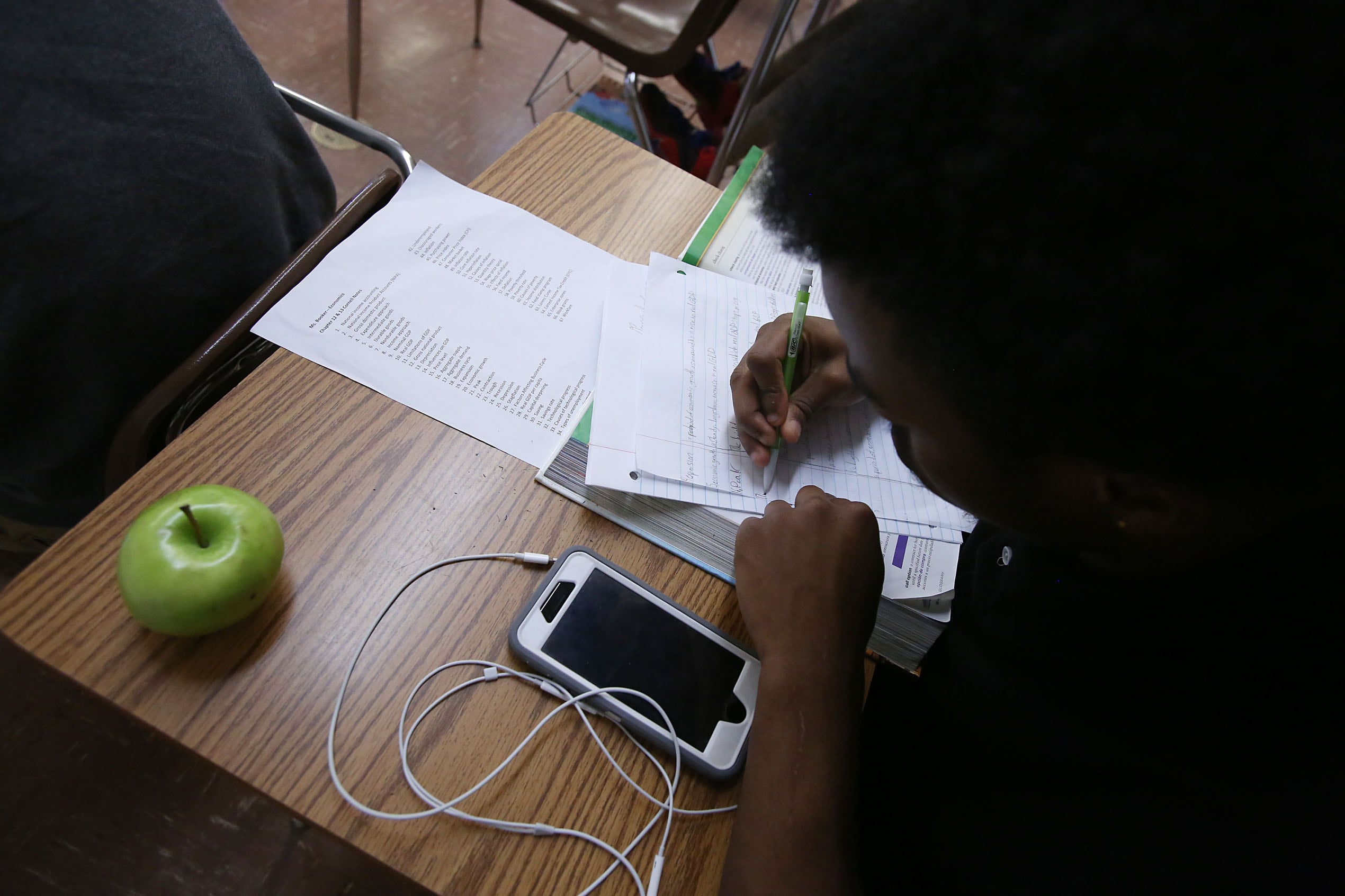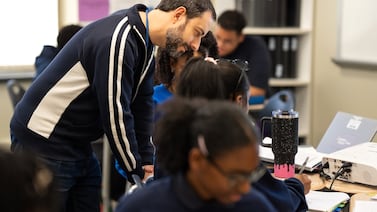Sign up for Chalkbeat Tennessee’s free newsletter to keep up with statewide education policy and Memphis-Shelby County Schools.
When new applications for Tennessee’s voucher program open in January, the state will change how it prioritizes applicants for next school year, though it’s not yet clear how many open seats will be available.
The Tennessee Department of Education announced last week that applications for the 2026-2027 Education Freedom Scholarships program will open on Jan. 13 and close on Jan. 20. Students currently enrolled in the program can renew beginning on Dec. 9.
Any student waitlisted for the 2025 school year must reapply, according to the department.
It’s also not clear how many new seats Tennessee will add to the program, which provided $7,295 in public tax dollars to 20,000 students this fall to use at private schools.
A mechanism in the state law will allow lawmakers to easily expand the program for 5,000 new students since the state received more than 40,000 applications, well above the expansion threshold set by state law. But Gov. Bill Lee and other Republican lawmakers say they want to expand the program even further.
But it’s unlikely the number of new seats will be decided on by the time applications close on Jan. 30, just days into the 2026 legislative session.
The state law outlines the order in which the education department must prioritize applications going forward. Previous recipients receive top billing and are almost guaranteed a spot in next year’s program.
In 2025, the 20,000 available spots were split between a universal category, open to any family of any income level, and an income-limited category open only to families who earned 300% or less of the federal free or reduced-price lunch guideline income, or around $173,000 for a family of four.
In 2026, that income limit will drop significantly.
After current EFS students, students whose household income equaled 100% or less of the federal guidelines will receive top priority, which is around $59,478 for a family of four.
Families earning 300% or less would be next on the prioritization list.
Fourth on the list would be public school students or rising kindergarteners. The state has courted criticism for not tracking how many first-year vouchers went to students previously enrolled in public schools, but it will now have to track this data to determine prioritization eligibility.
Any remaining spots in the program will go to eligible students on a first come, first served application basis.
Applications for the program will open as the state fights off a lawsuit over the program. A group of parents sued the governor and state education leaders last week over the new voucher law, alleging the program violates the state constitution by diverting public funds to private schools.
The governor’s office said Lee is “confident” the court will uphold the program that a “vast majority” of Tennesseans support.
Melissa Brown is the bureau chief for Chalkbeat Tennessee. Contact Melissa at mbrown@chalkbeat.org.






